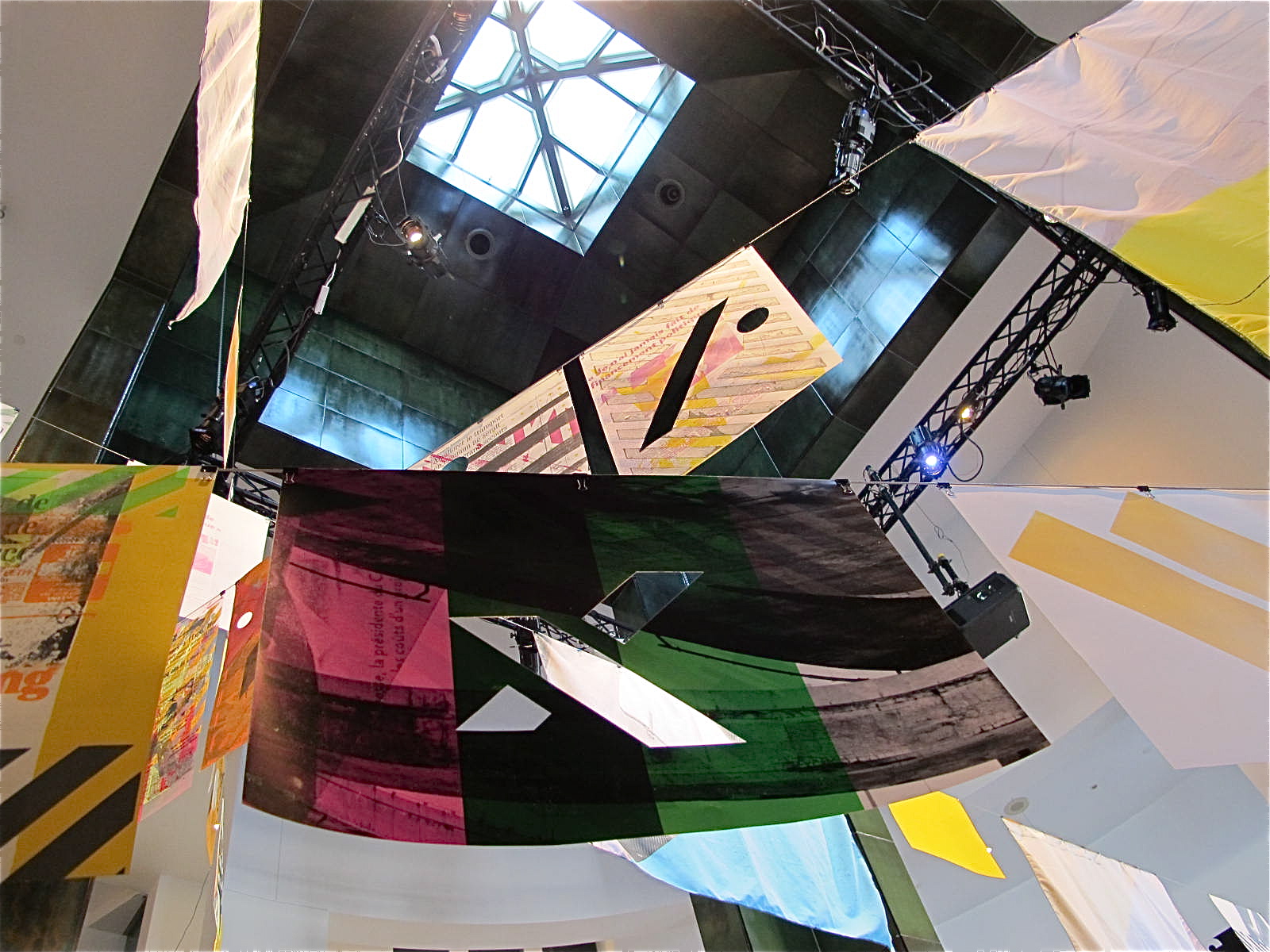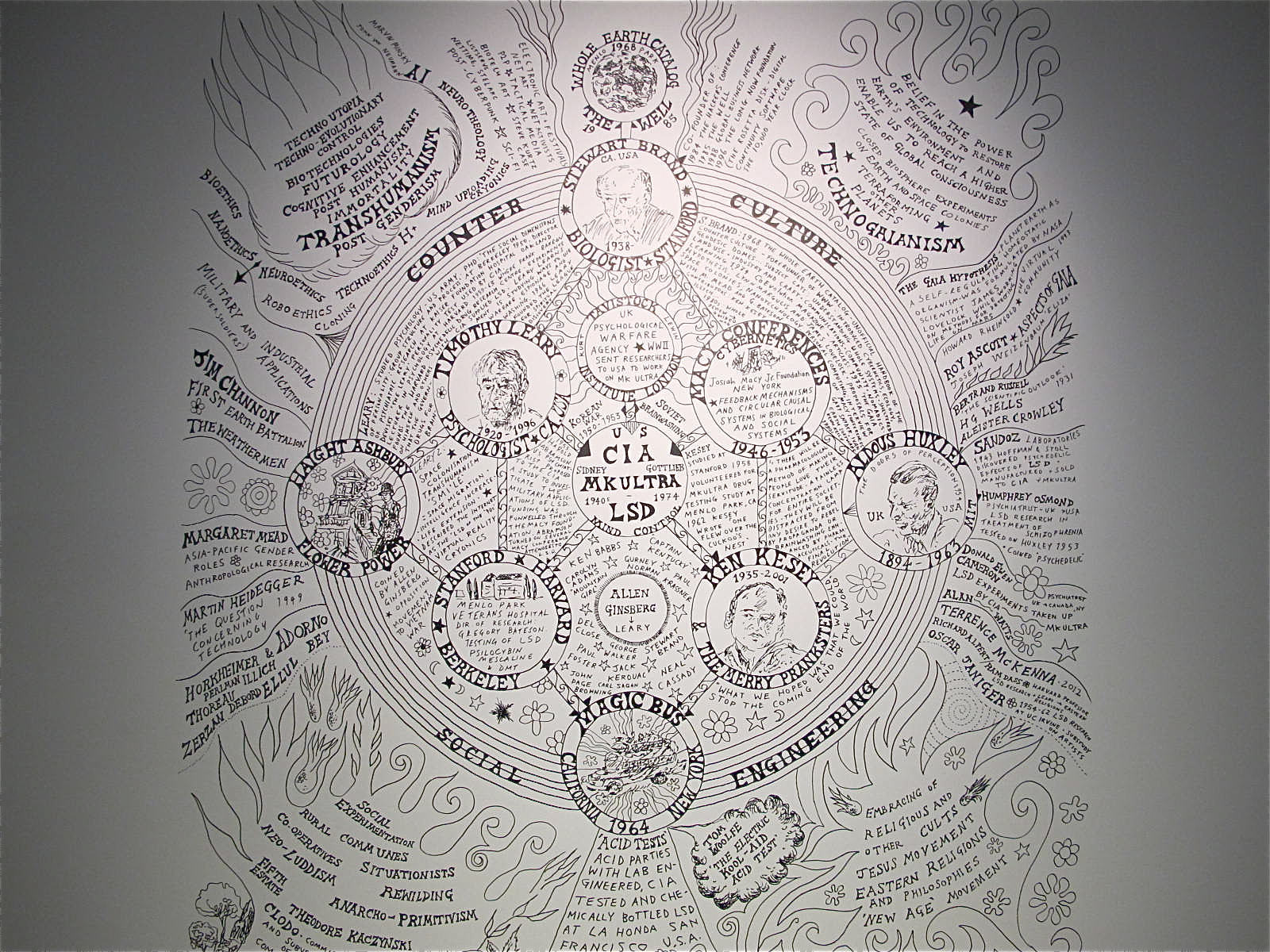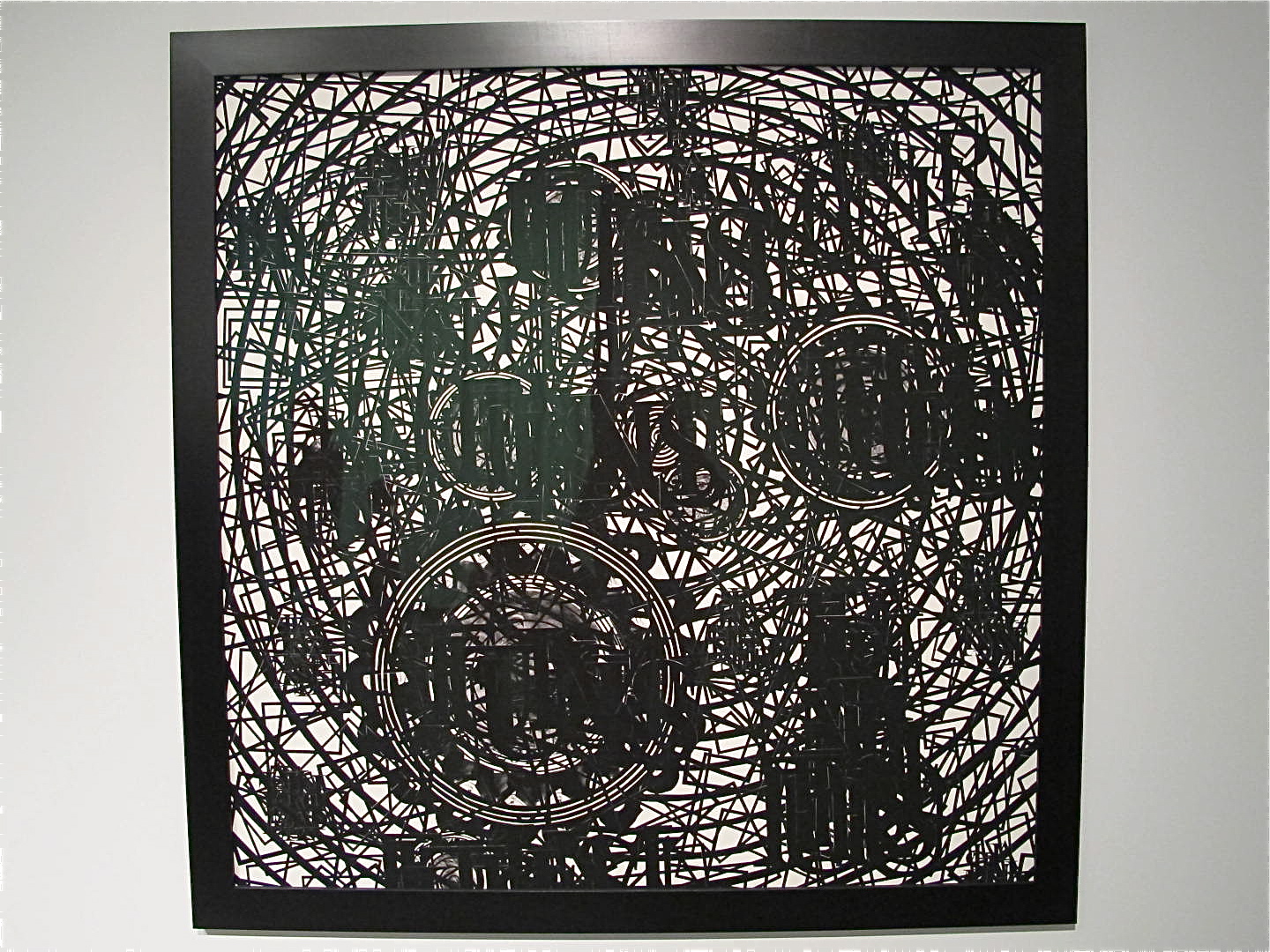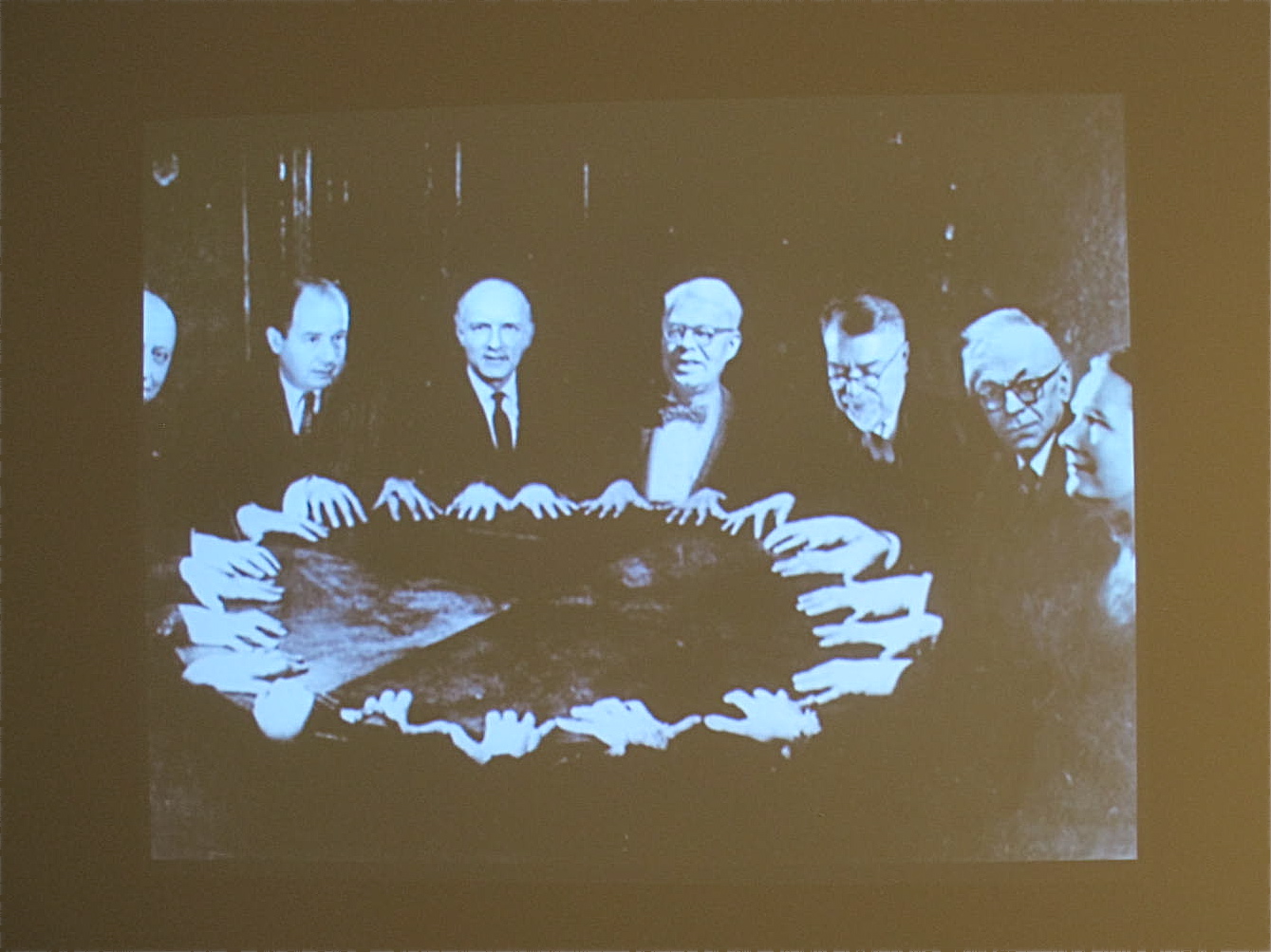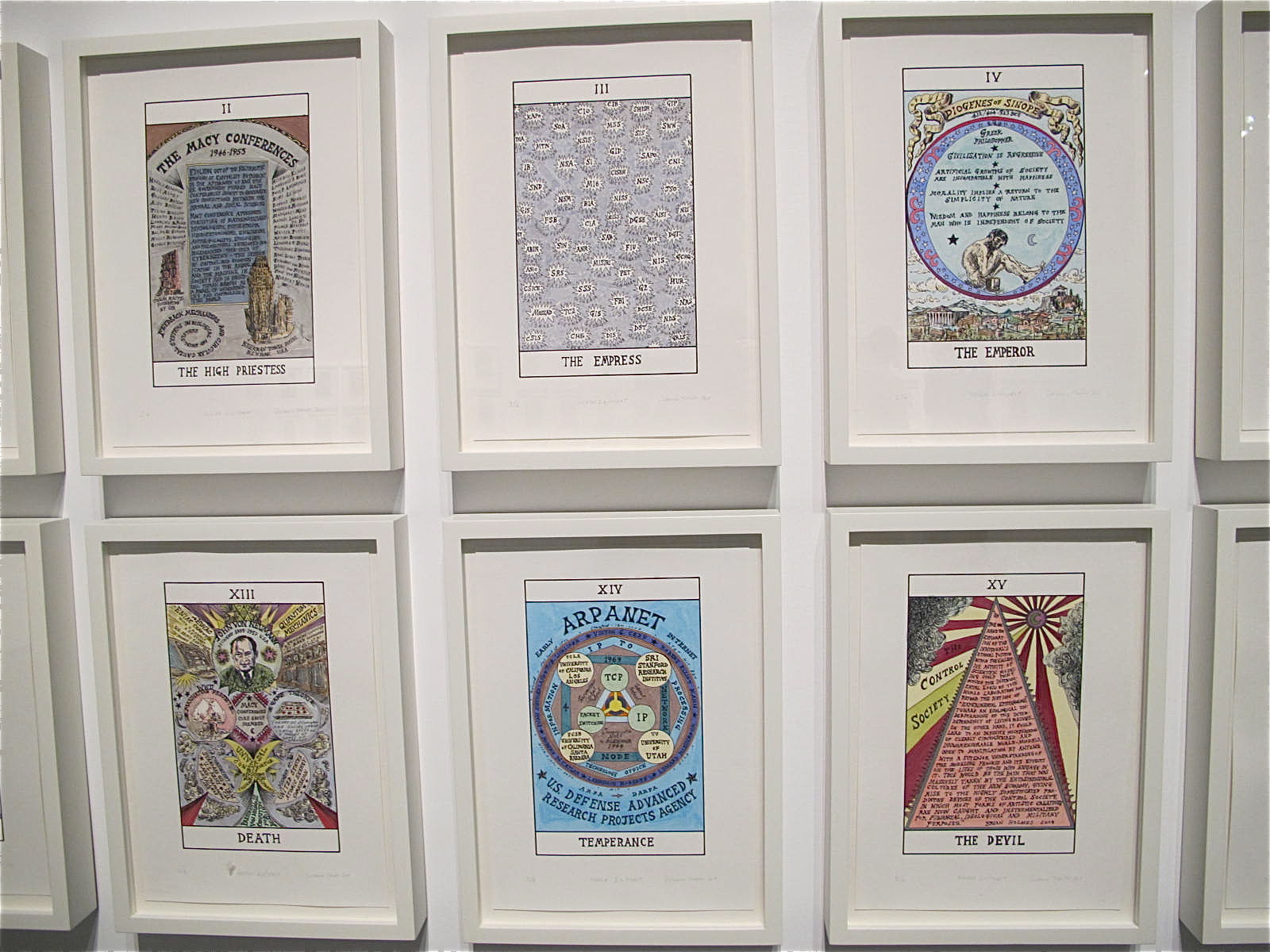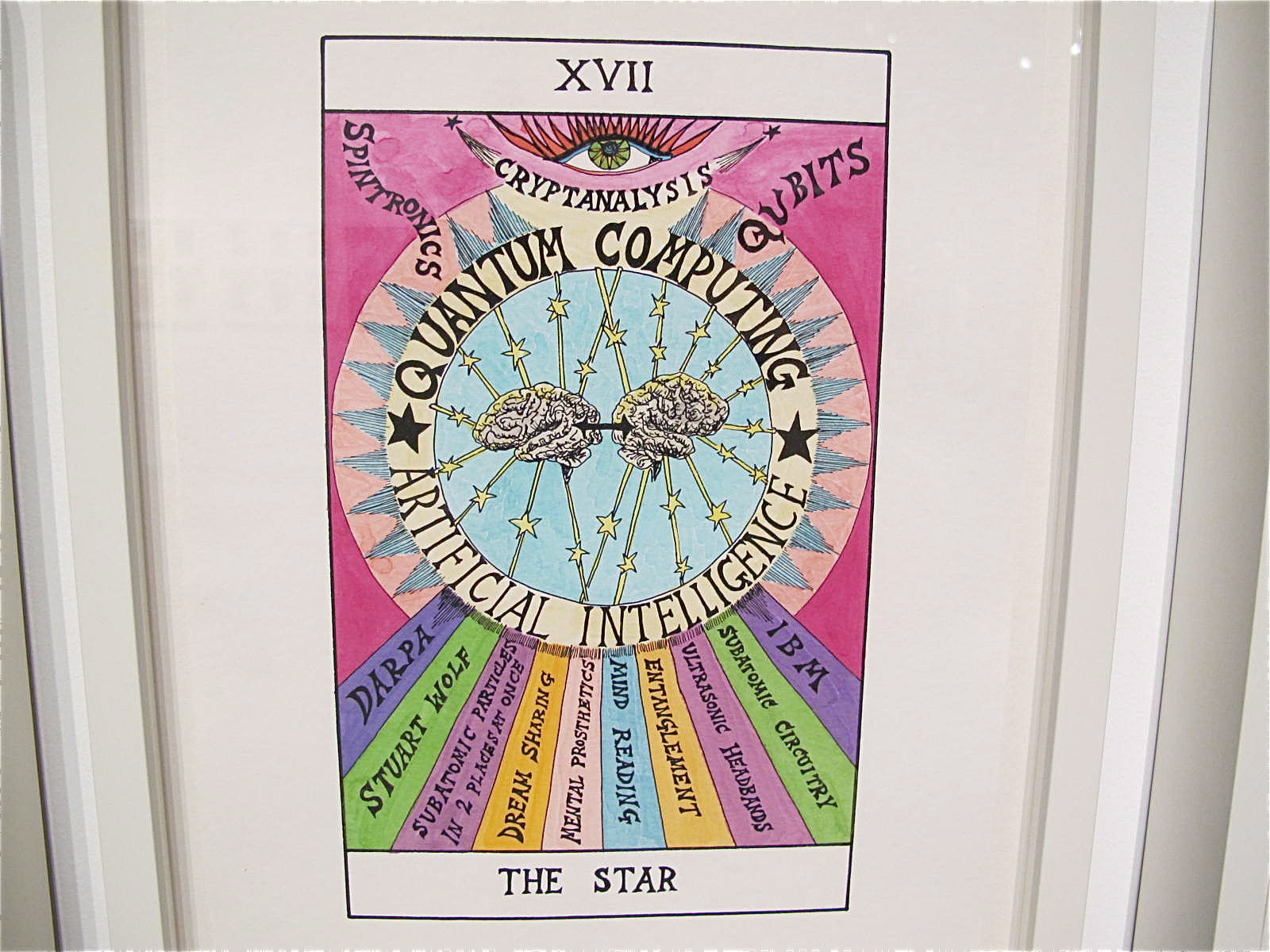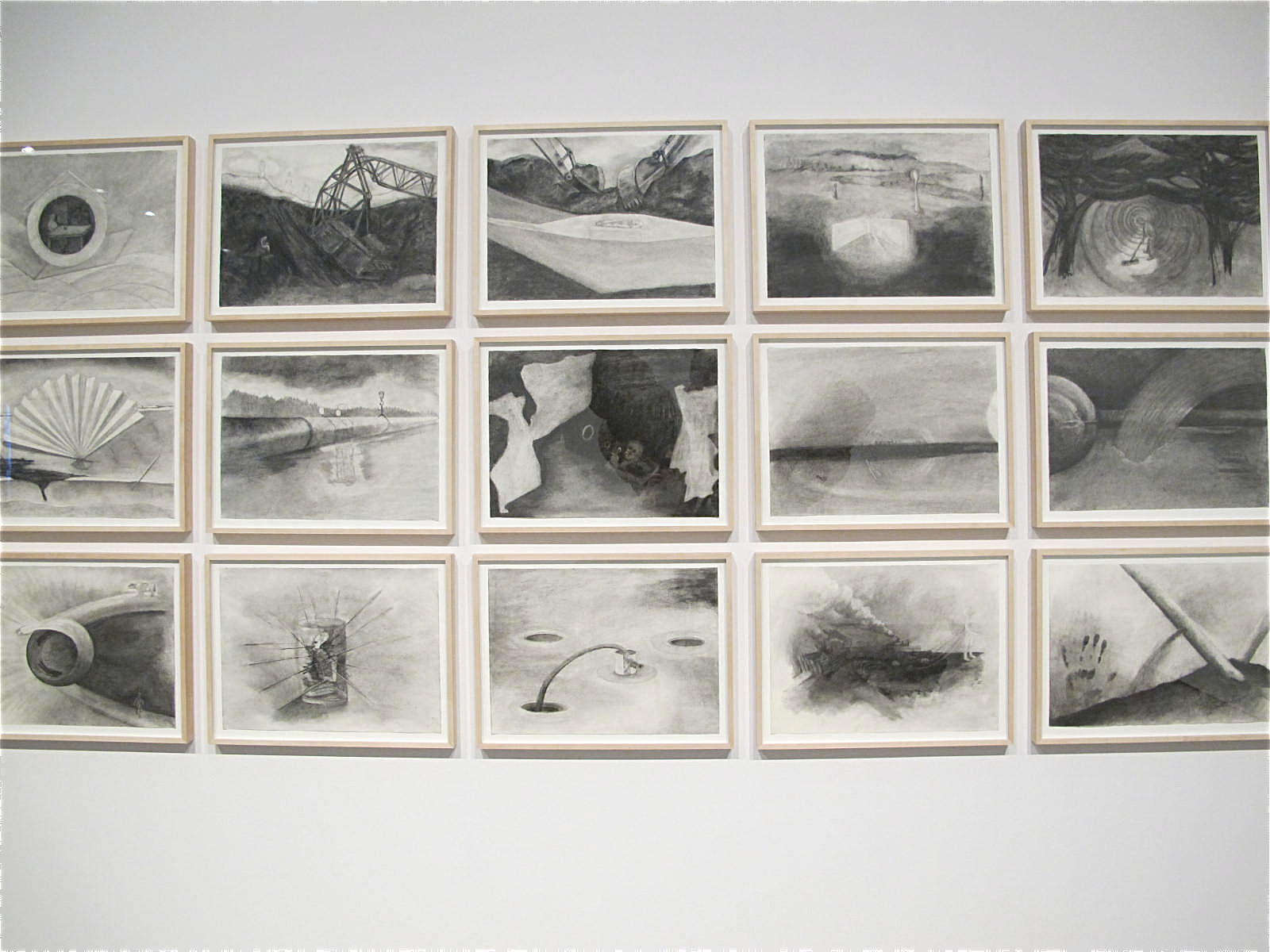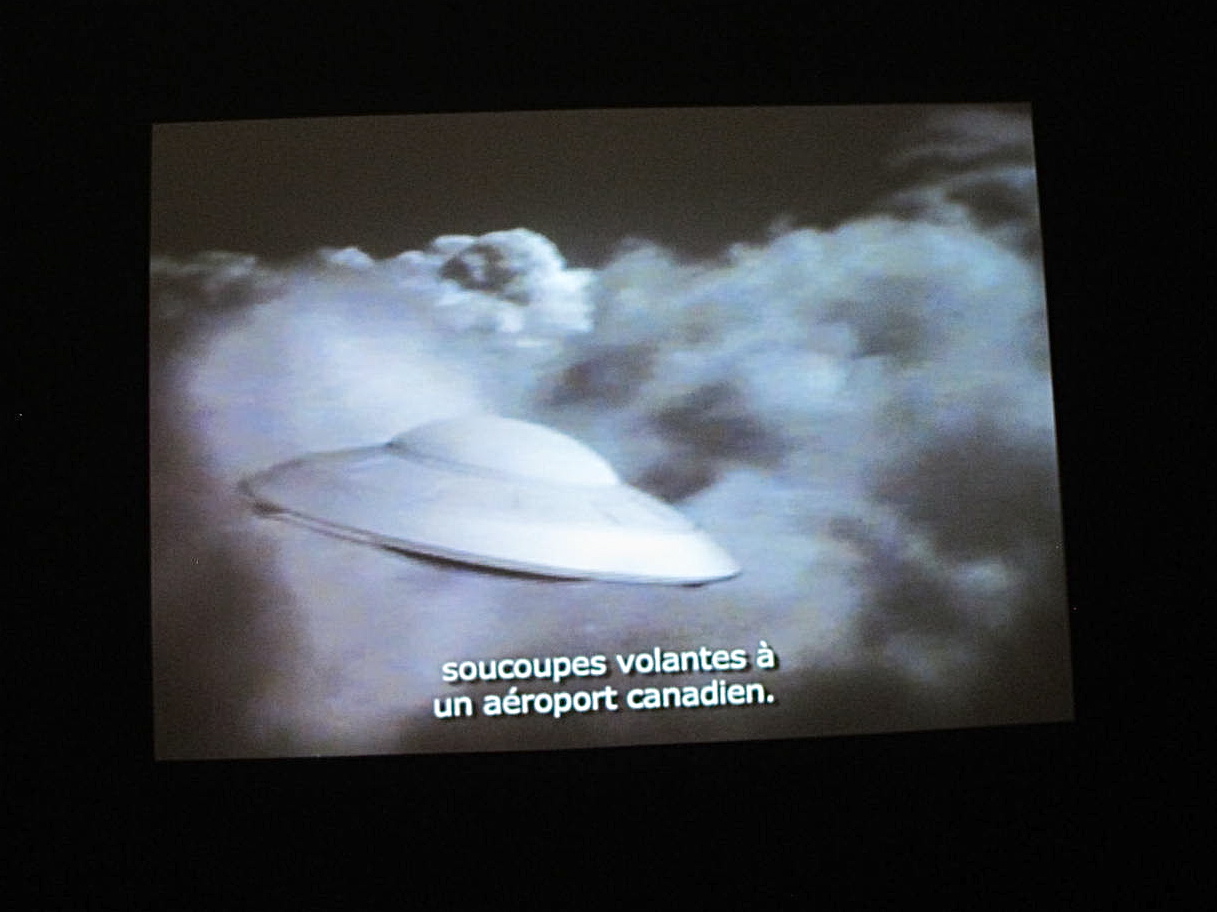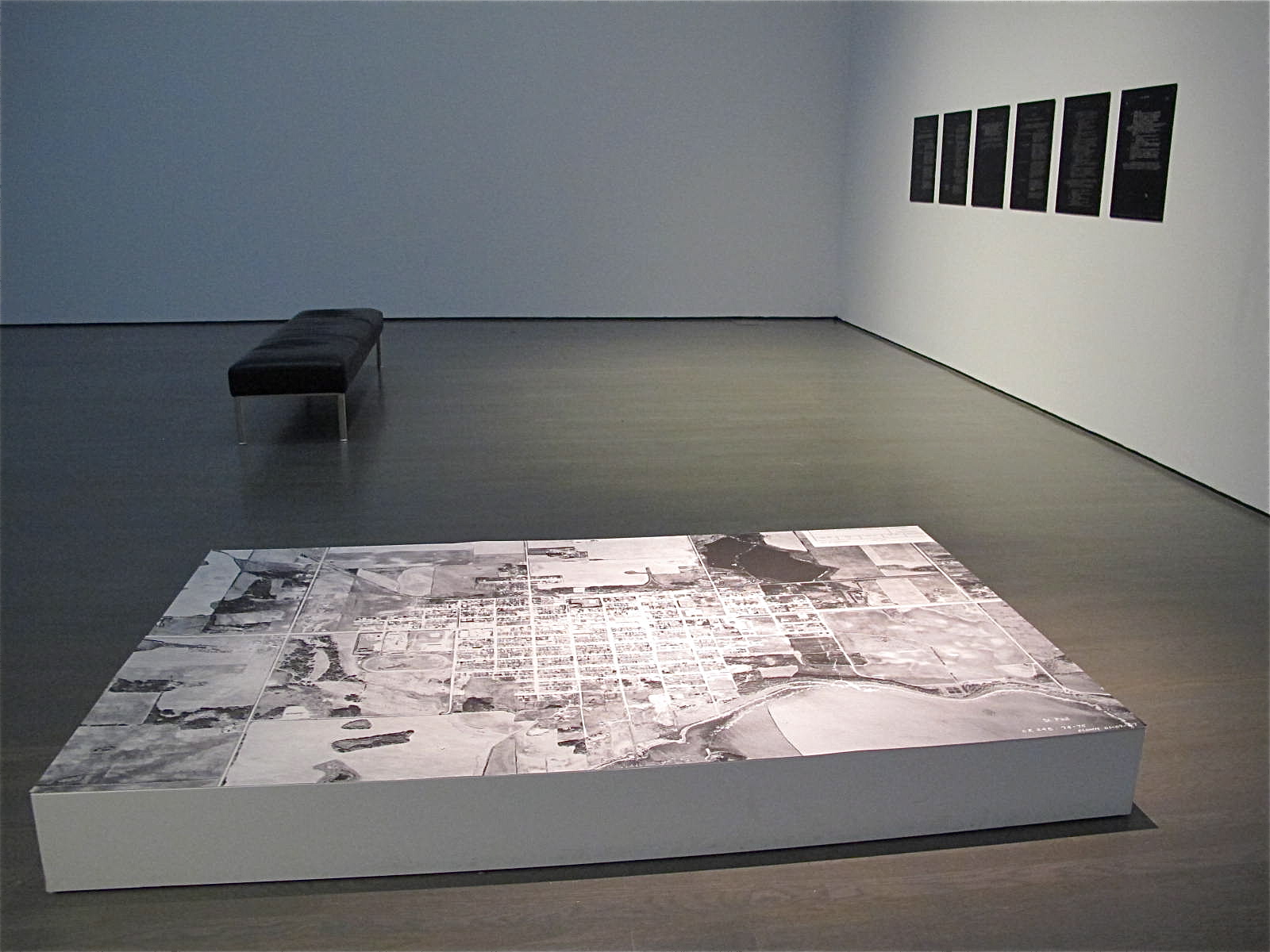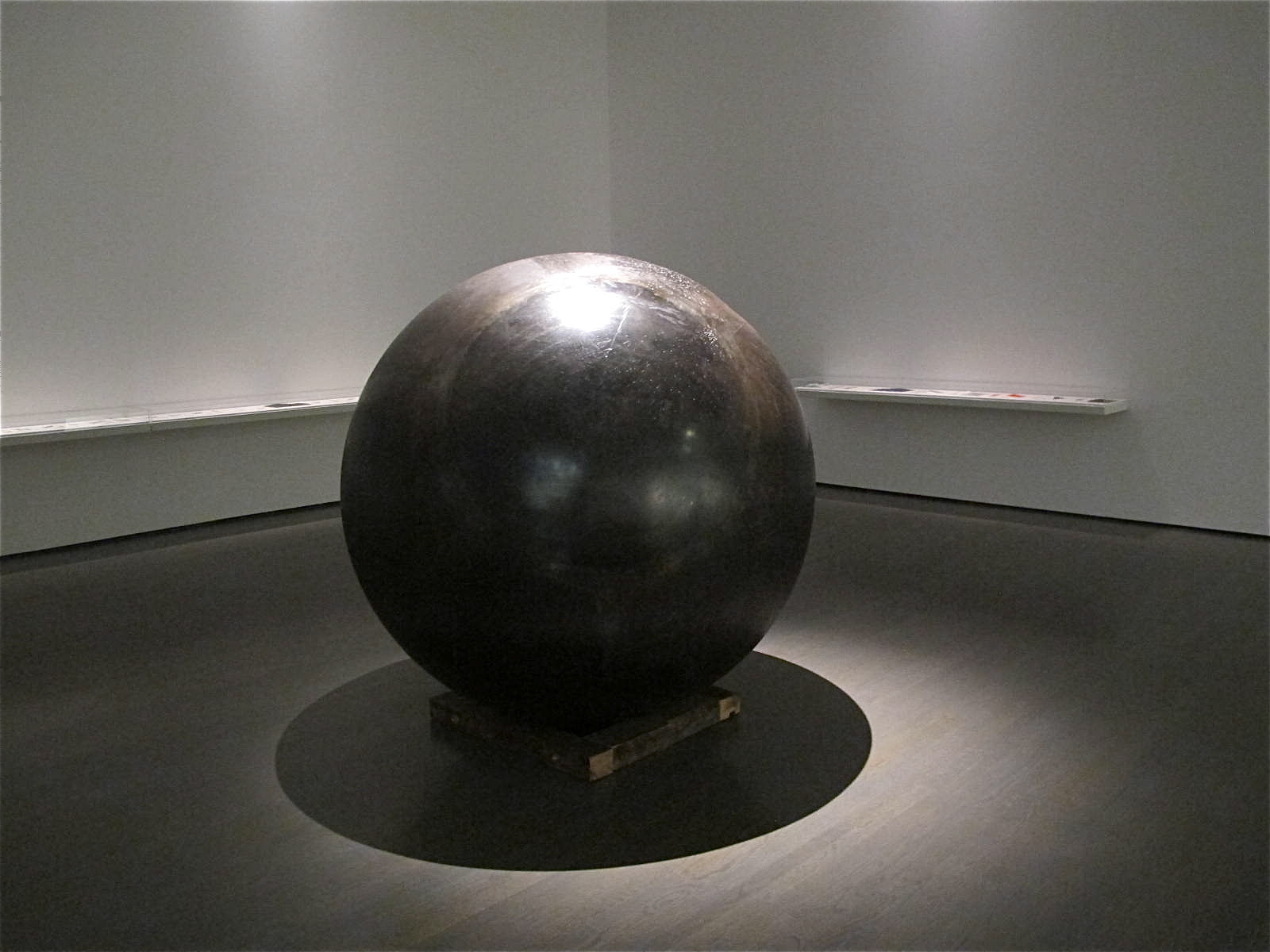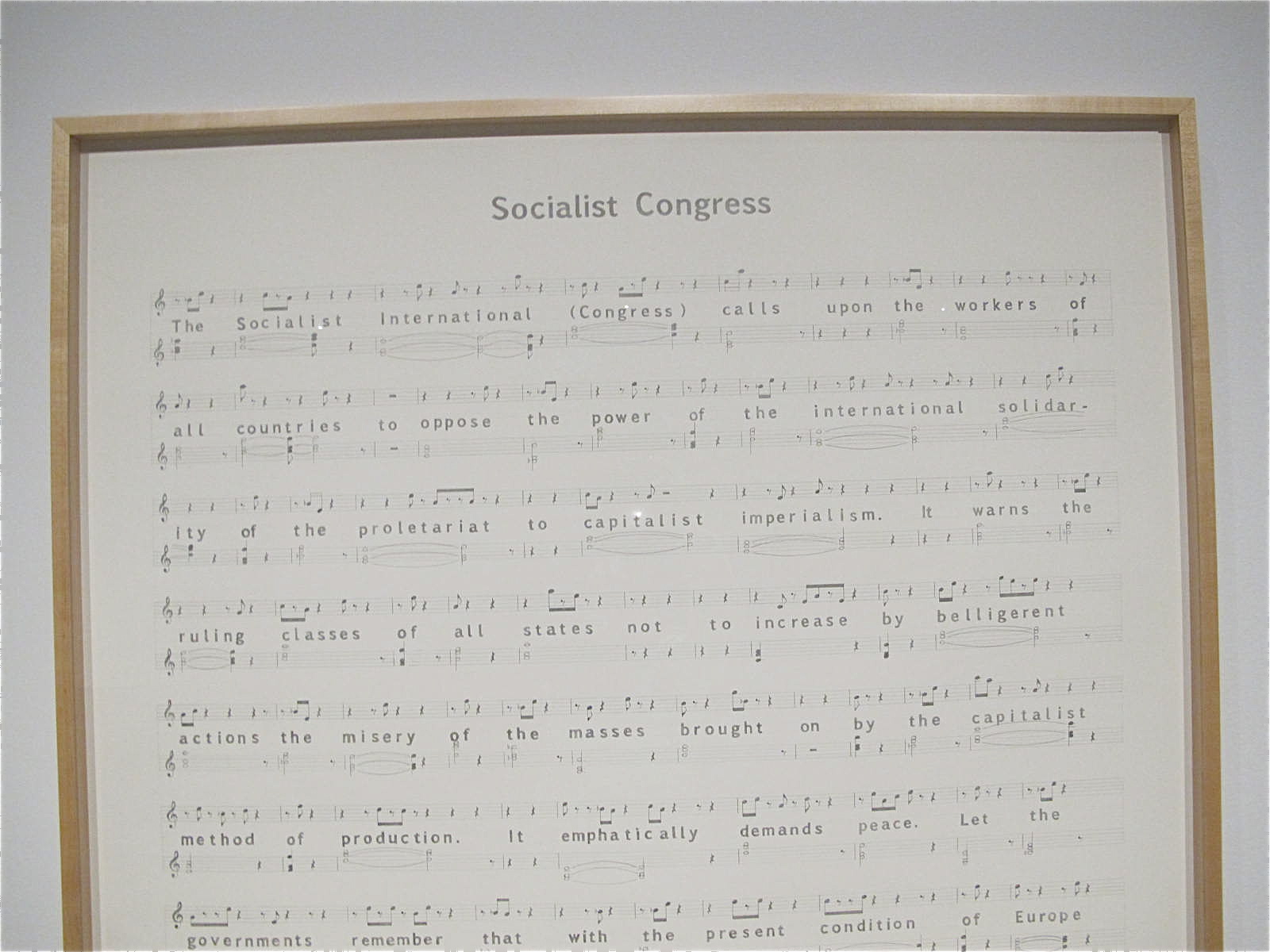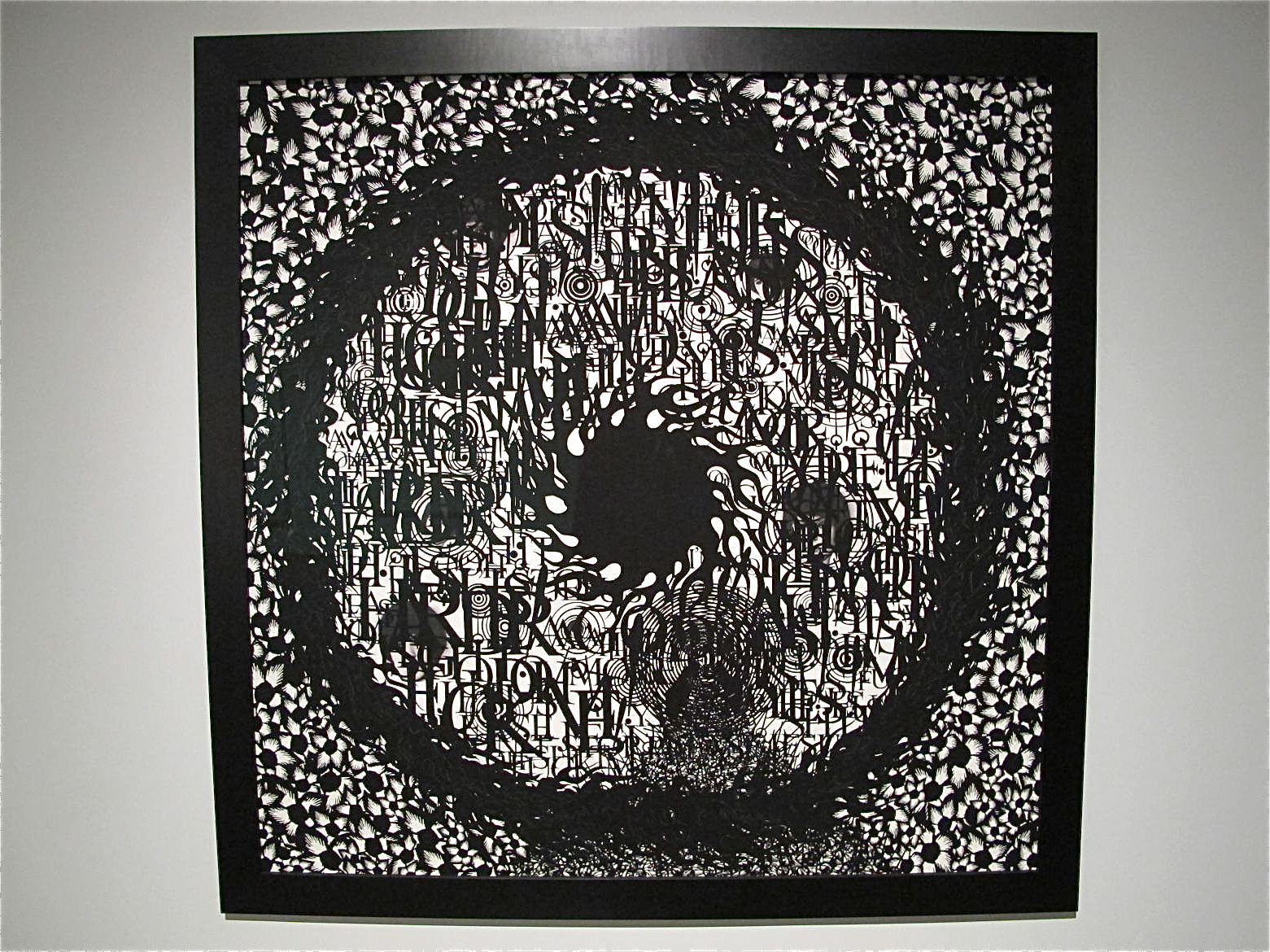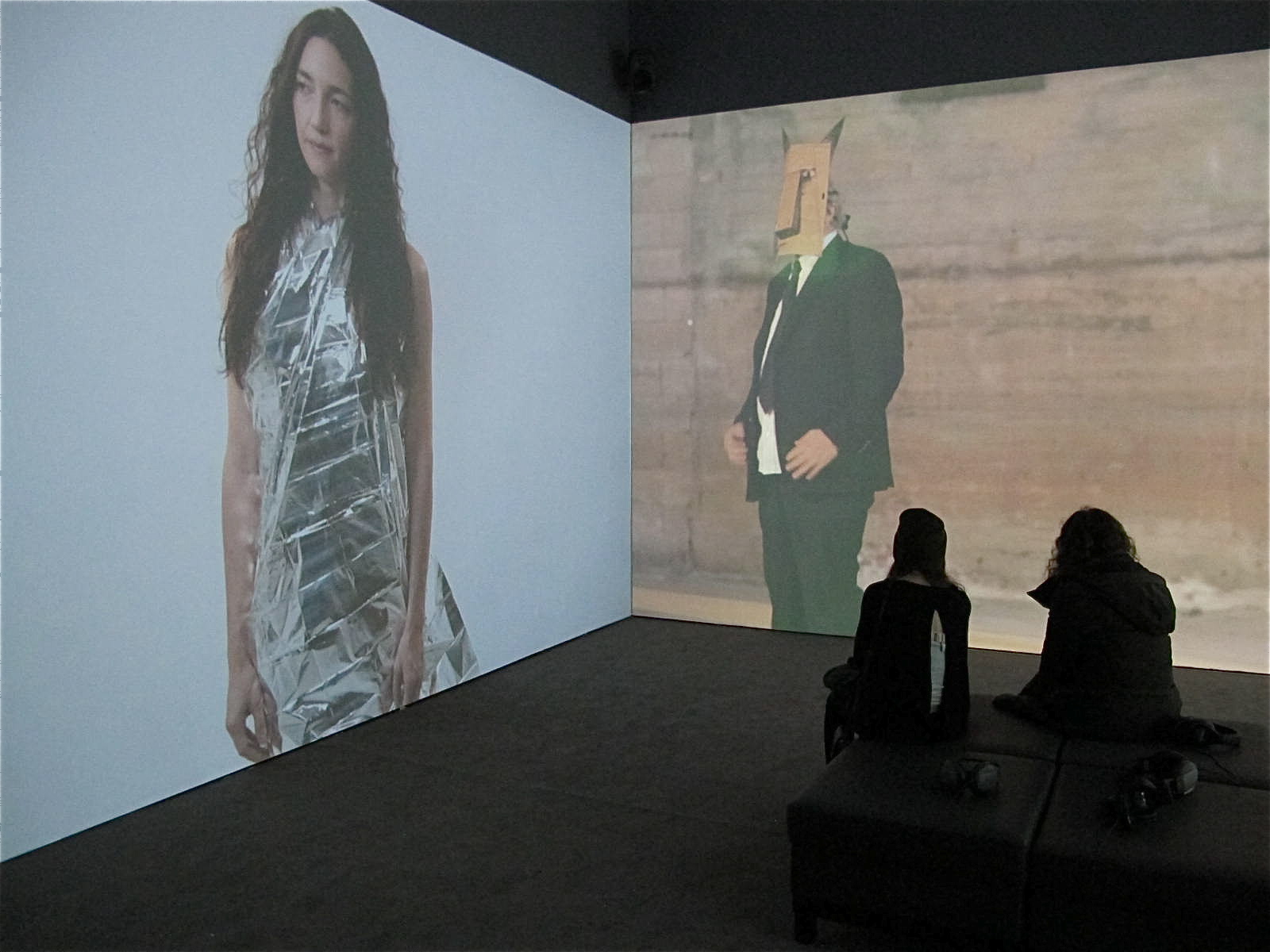Musée d’art contemporain de Montréal

It’s unexpected to visit a museum that’s in between exhibitions. But yesterday, that’s when I happened to be in Montréal at the Musée d’art contemporain (MCAM).
“You don’t want to go there — that place has weird and disturbing art,” said my server at a nearby diner. “There’s a museum with more pleasant stuff up the street.”
Her unsought advice, while an interesting accompaniment to scrambled eggs, only reaffirmed my plan. I like art that’s pretty and old, but thought-pushing and not-so-comfy multimedia explorations feed my mental flame. MCAM was in a state of flux as it’s readying for a new batch of exhibits, so I experienced a partial installation of works from last year’s Montréal Biennale and an essay film called The Forgotten Space.
Of the partial Biennale exhibit, a few pieces gnawed at me. Susan Turcot’s installation work Automobility, constructed out of tires, steel and wood, gracefully opposed the automobile industry’s impact on the environment. Suzanne Treister’s whimsical yet eerie Tarot card interpretations of politics and the human mind made me question the gift of technology.
I intended to pop into The Forgotten Space for a few moments and ended up watching it for an hour-and-a-half. The film, created by Allan Sekula and Noël Burch, plods through oceans carrying 90% of the world’s cargo and humanizes the 1.5 million seafarers that comprise the global trade industry. I’ll never look at a cargo container the same way, thanks to this honest glimpse of an often under-documented subject.
If you ever have the chance to check out a museum in flux, I recommend it. Among the roped-off rooms, crates of old works being carried away and boxes of new ones being unearthed, you see art positioned a little more impulsively and a little less perfectly. You become a part of the transition. Often times, admission is half price. The result is a suspended moment of coming and going that even artists and curators can’t control or predict. How beautifully meta.
